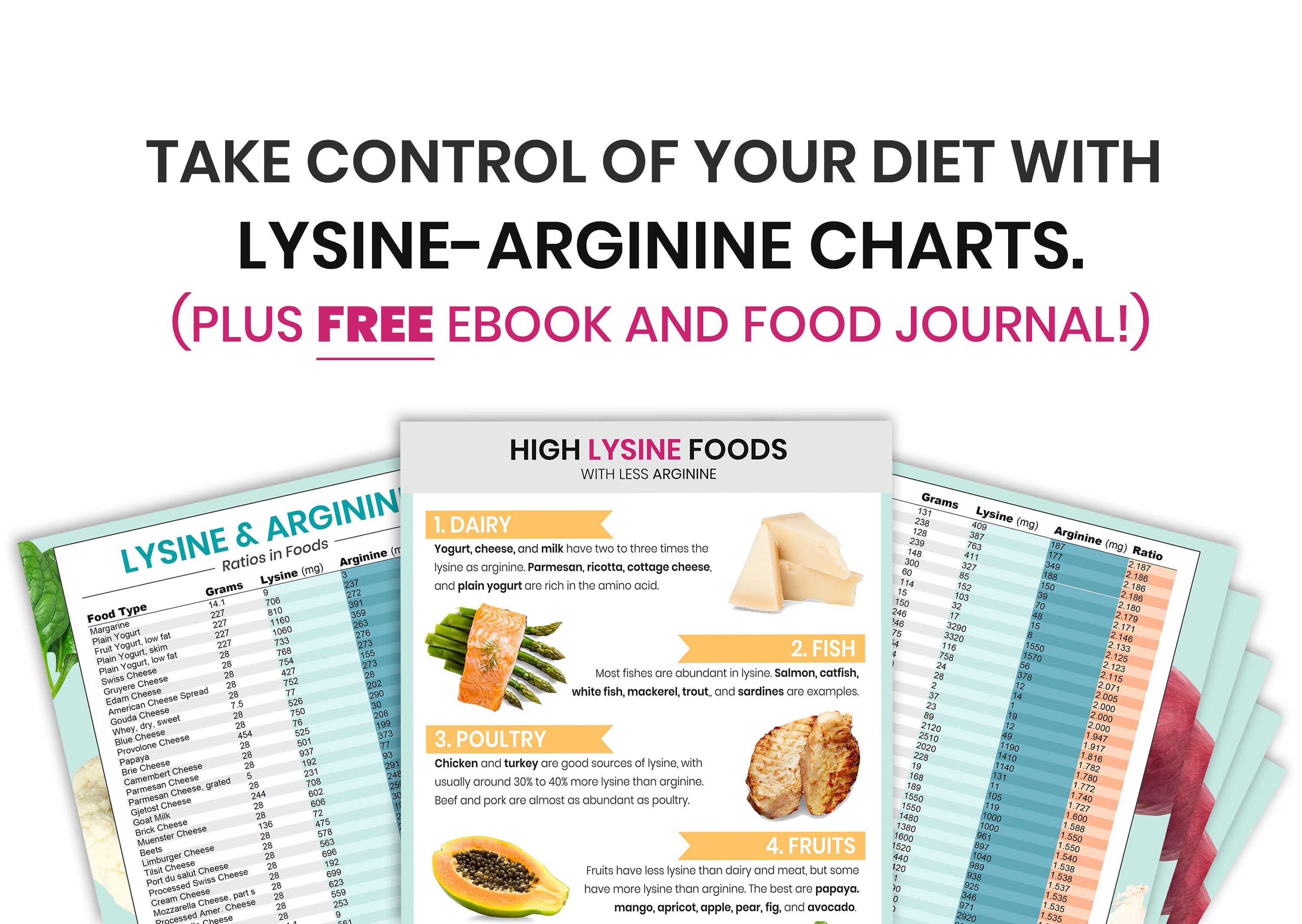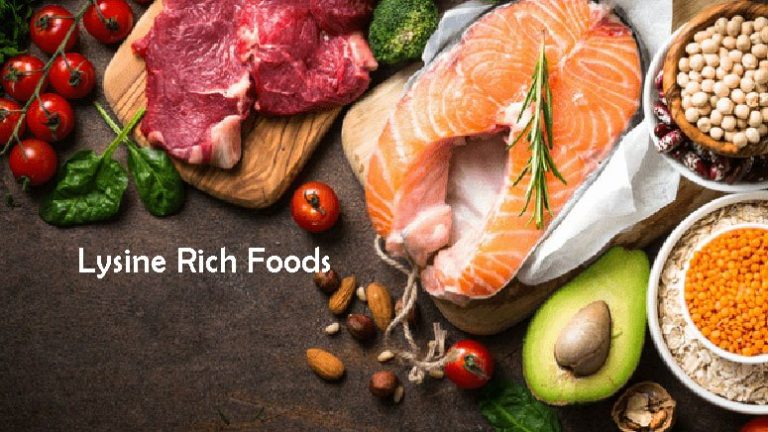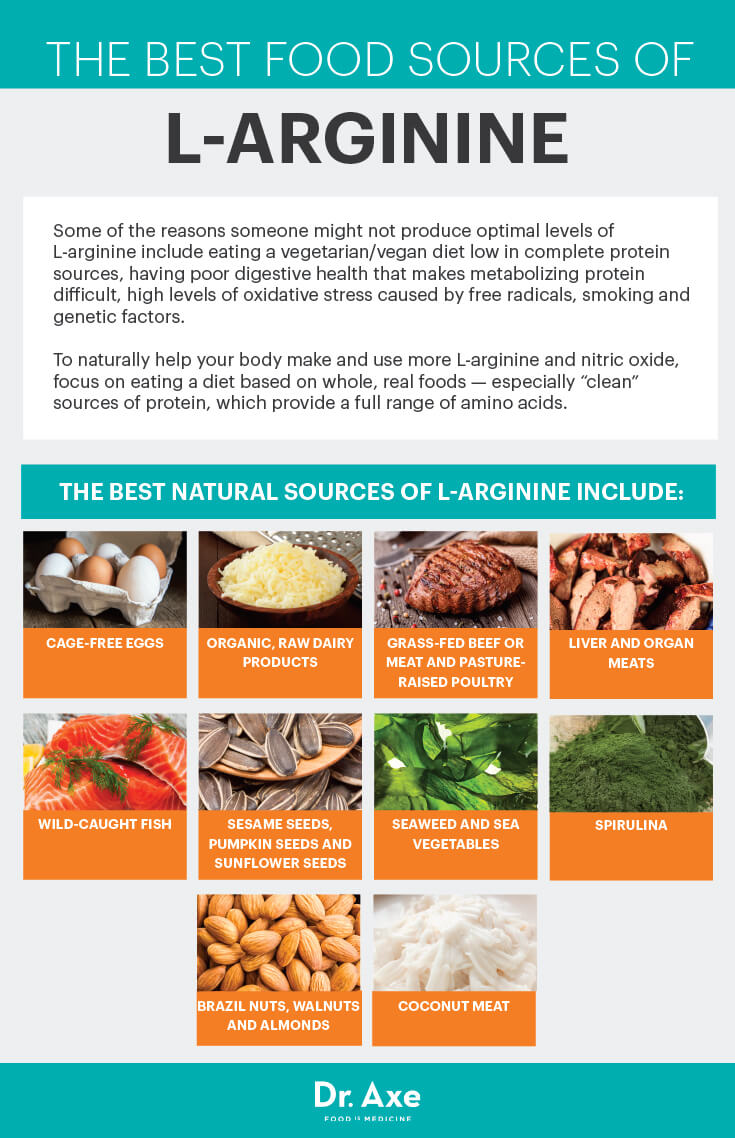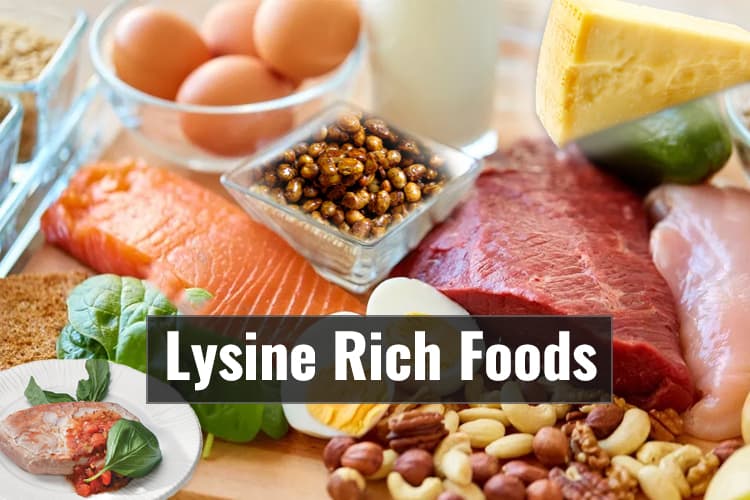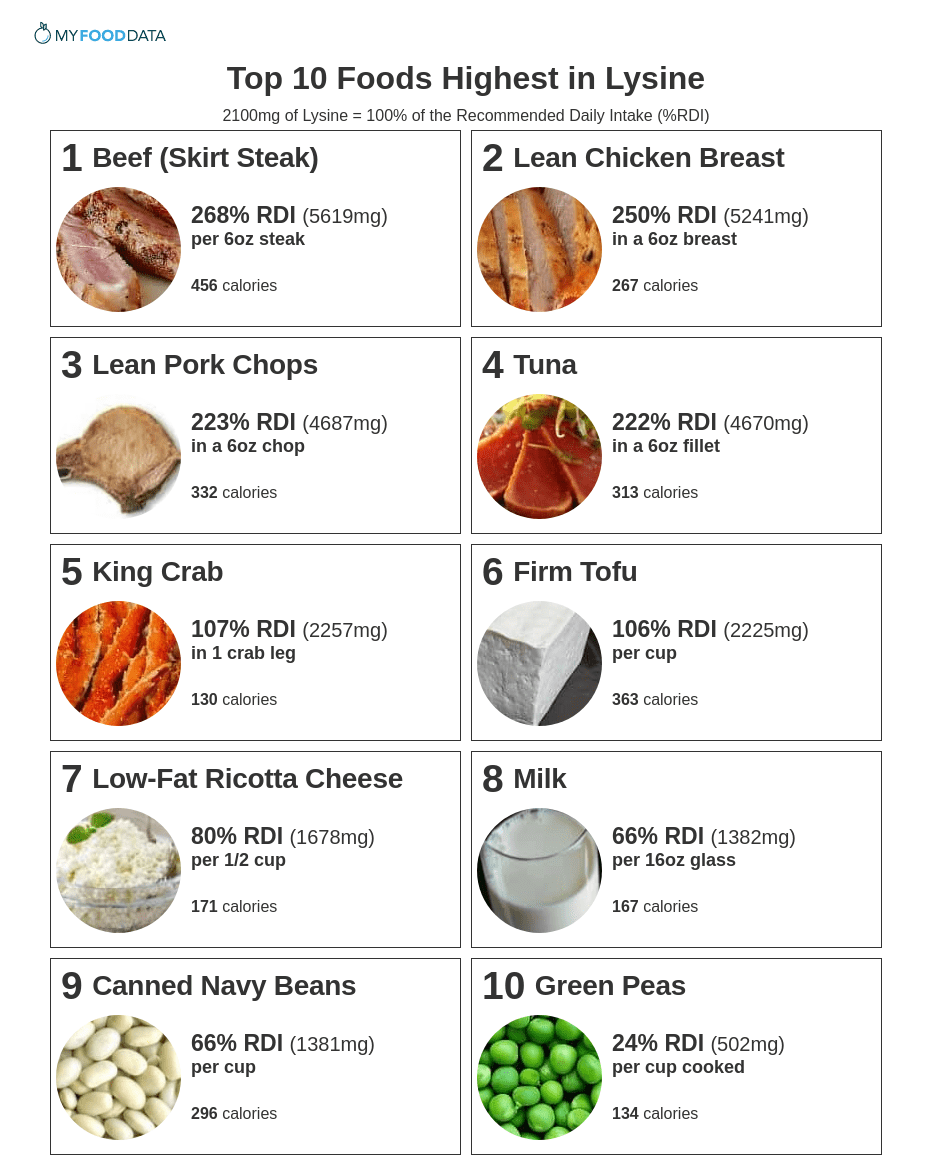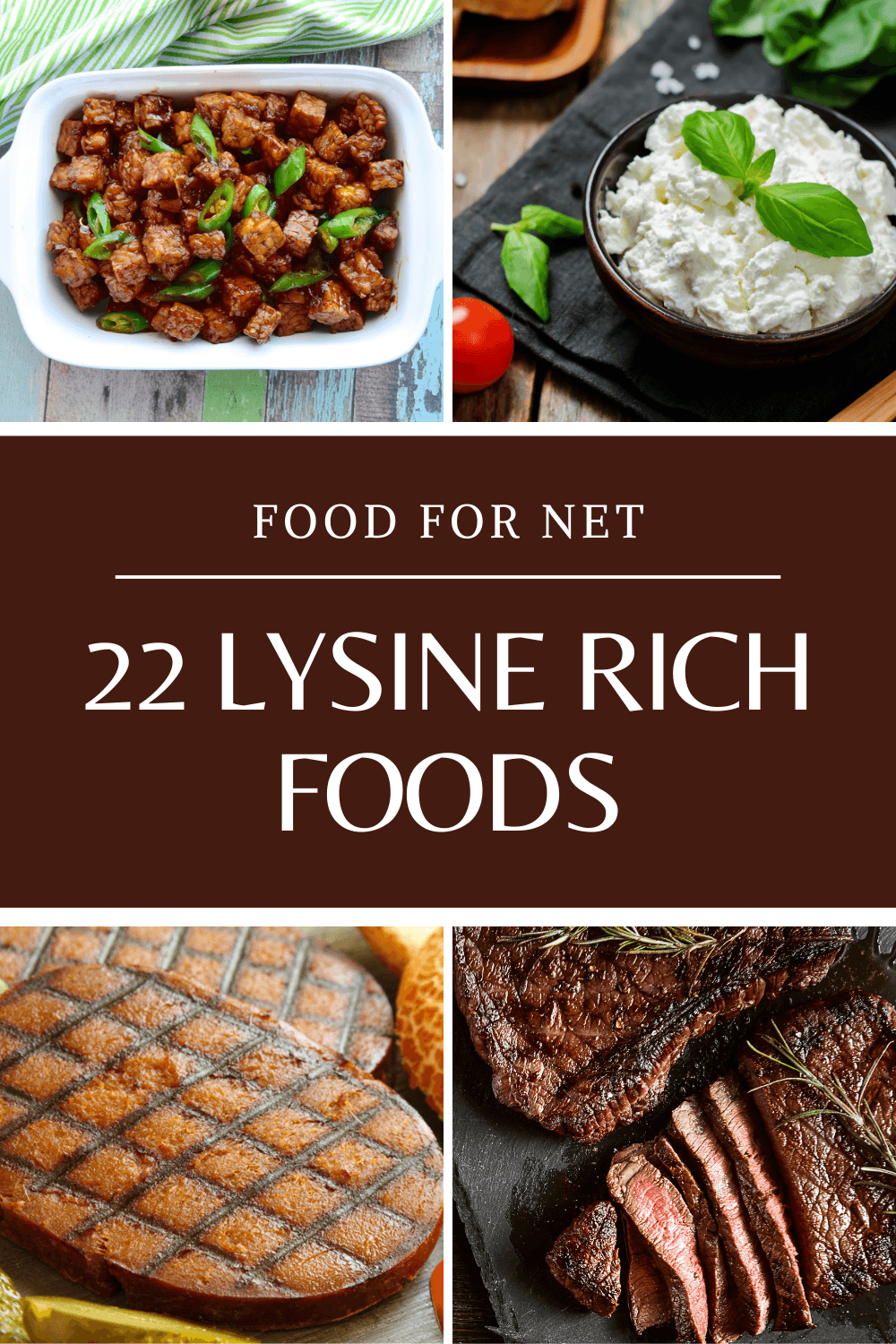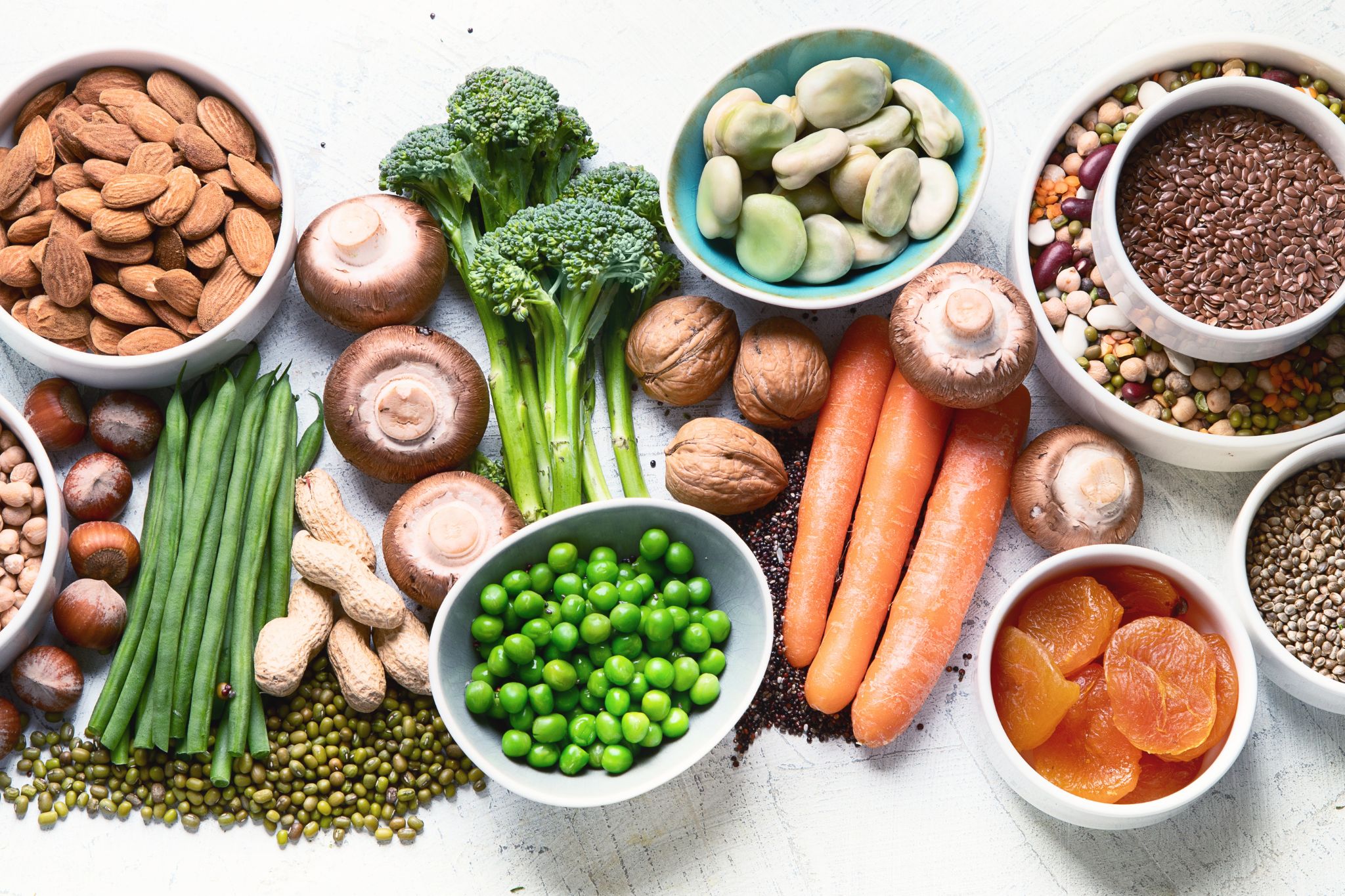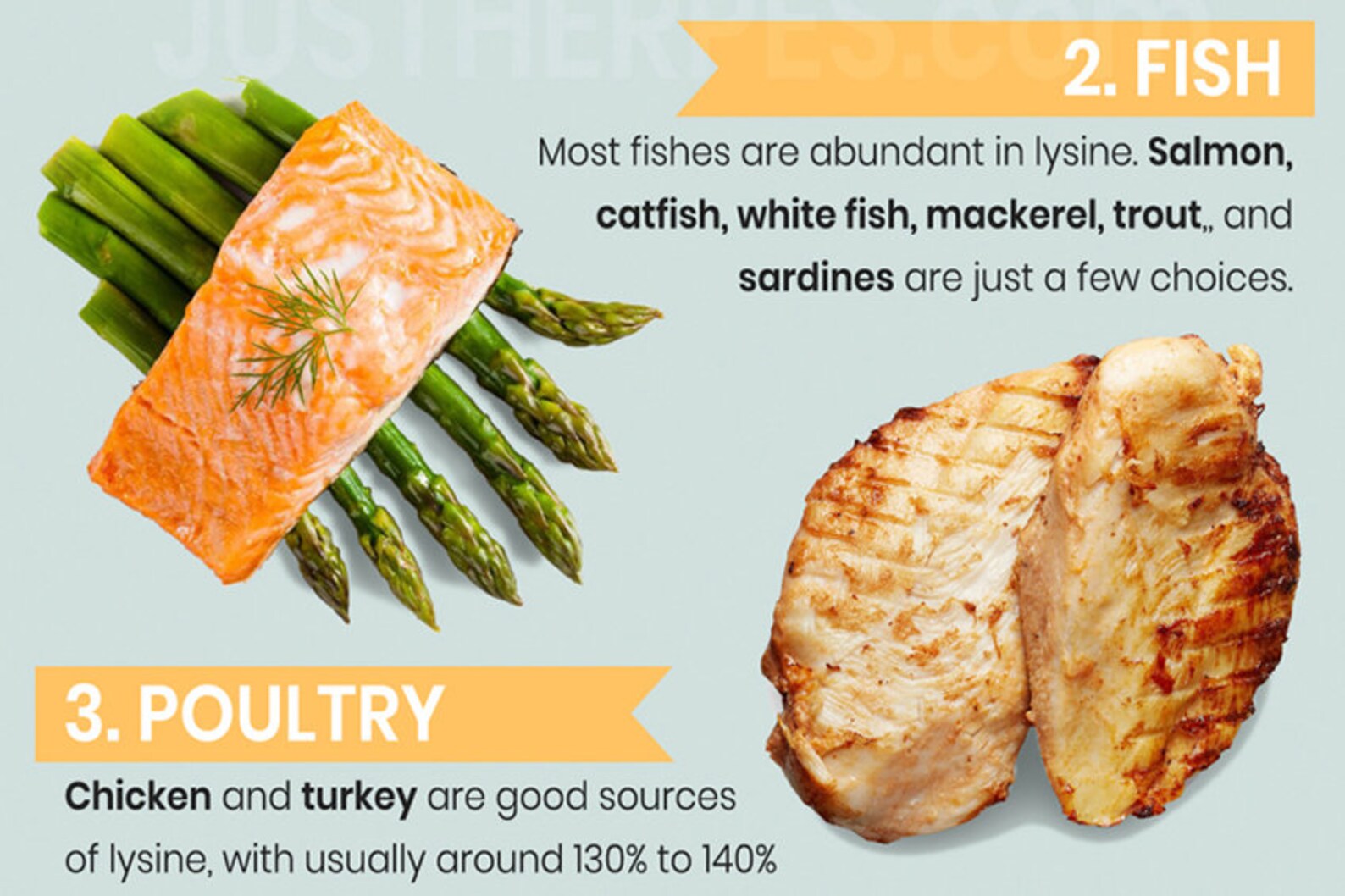Foods With Lysine And No Arginine
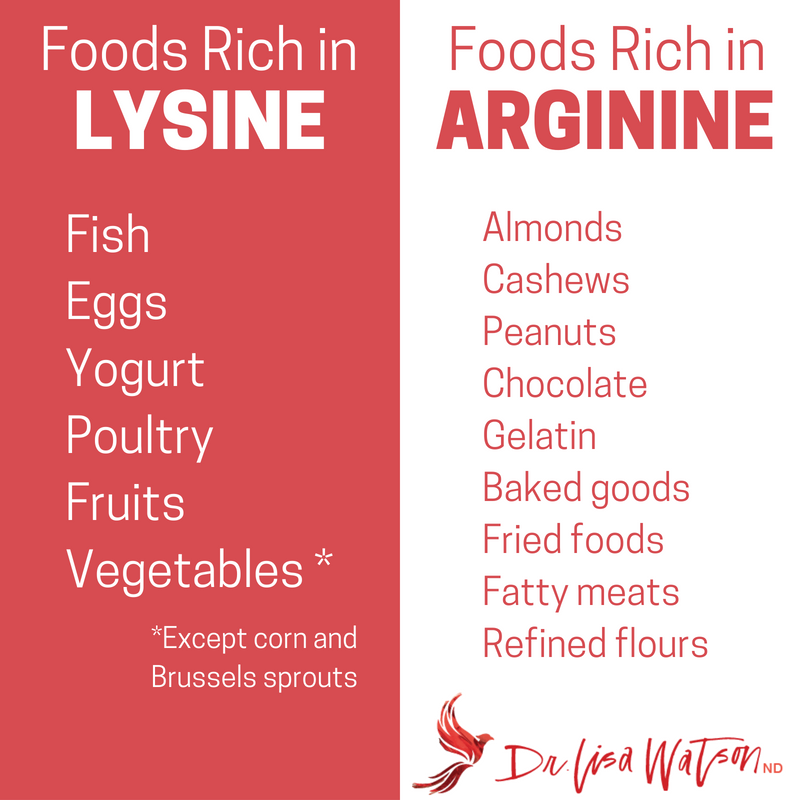
For individuals managing specific health conditions, particularly those related to viral infections or herpes simplex virus (HSV), dietary choices play a critical role. The balance between two amino acids, lysine and arginine, has garnered considerable attention.
This article delves into foods that are relatively high in lysine while being low in arginine, examining their potential benefits and highlighting the importance of informed dietary decisions. Understanding the lysine-to-arginine ratio in various foods is crucial for individuals aiming to manage their health through diet.
The Lysine-Arginine Connection
Lysine and arginine are essential amino acids that play different roles in the body. Arginine is involved in various physiological processes, including wound healing and immune function. However, it is also known to promote the replication of the herpes simplex virus (HSV), which causes cold sores and genital herpes.
Conversely, lysine is believed to inhibit HSV replication. Therefore, a higher lysine-to-arginine ratio in the diet is often recommended for individuals prone to herpes outbreaks. This dietary approach aims to create an environment less conducive to viral replication.
Foods High in Lysine, Low in Arginine
Identifying foods that naturally favor lysine over arginine is key to implementing this dietary strategy. Several food groups stand out in this regard, providing a valuable resource for those seeking to adjust their diets.
Animal-Based Proteins
Certain animal-based proteins are excellent sources of lysine while containing relatively lower levels of arginine. Poultry, particularly chicken and turkey breast, are frequently cited as beneficial choices.
Fish, especially cod and salmon, also offer a favorable lysine-to-arginine ratio. Lean cuts of beef can be included as well, although moderation is advised due to other dietary considerations.
Dairy Products
Dairy products, such as milk, yogurt, and cheese, generally contain a good amount of lysine compared to arginine. Skim milk and low-fat yogurt are often preferred to minimize fat intake while maximizing the lysine benefit.
Cottage cheese is another noteworthy option, offering a significant dose of lysine. However, individuals with lactose intolerance should exercise caution or opt for lactose-free alternatives.
Fruits and Vegetables
While fruits and vegetables are not as protein-rich as animal products, some offer a reasonable lysine-to-arginine balance. Apples and pears, for instance, are relatively low in arginine and provide a modest amount of lysine.
Certain vegetables, such as potatoes, carrots, and bell peppers, can also contribute to a diet focused on managing this ratio. These foods should be considered as part of a balanced dietary approach.
Legumes (with Caveats)
Legumes are generally high in both lysine and arginine, so they present a complex situation. While they are excellent sources of protein and fiber, their high arginine content means they should be consumed in moderation by those carefully managing HSV outbreaks.
However, certain preparation methods, like soaking and sprouting, may alter the amino acid profile to some extent. Further research is needed in this area.
Considerations and Cautions
It's crucial to consult with a healthcare professional or registered dietitian before making significant dietary changes, especially if you have underlying health conditions. They can provide personalized recommendations based on your individual needs and medical history.
While focusing on lysine-rich, arginine-poor foods may be helpful for managing HSV outbreaks, it's essential to maintain a balanced diet that provides all necessary nutrients. Overly restrictive diets can lead to nutrient deficiencies and other health problems.
Furthermore, individual responses to dietary changes can vary. Some people may find that adjusting their lysine-to-arginine ratio has a noticeable impact on their outbreak frequency and severity, while others may not experience the same benefits.
The Significance of Informed Choices
The potential impact of dietary choices on health, particularly concerning viral infections like HSV, underscores the importance of informed decision-making. Understanding the amino acid content of different foods empowers individuals to take proactive steps in managing their well-being.
By carefully selecting foods with a favorable lysine-to-arginine ratio, individuals can potentially reduce the frequency and severity of herpes outbreaks. However, this dietary strategy should be viewed as one component of a comprehensive management plan that may also include antiviral medications and other lifestyle modifications.
Conclusion
While foods high in lysine and low in arginine can be a valuable tool for managing conditions like HSV, they are not a cure. A balanced diet, combined with professional medical advice, remains the cornerstone of effective healthcare.
Further research is continuously underway to understand the complex interplay between diet and viral infections. Staying informed and consulting with healthcare professionals will ensure the best possible outcomes.




